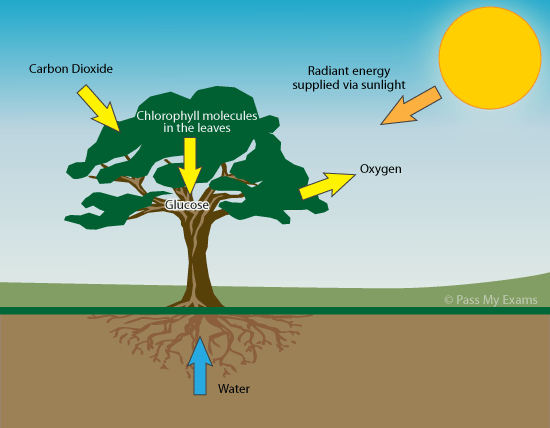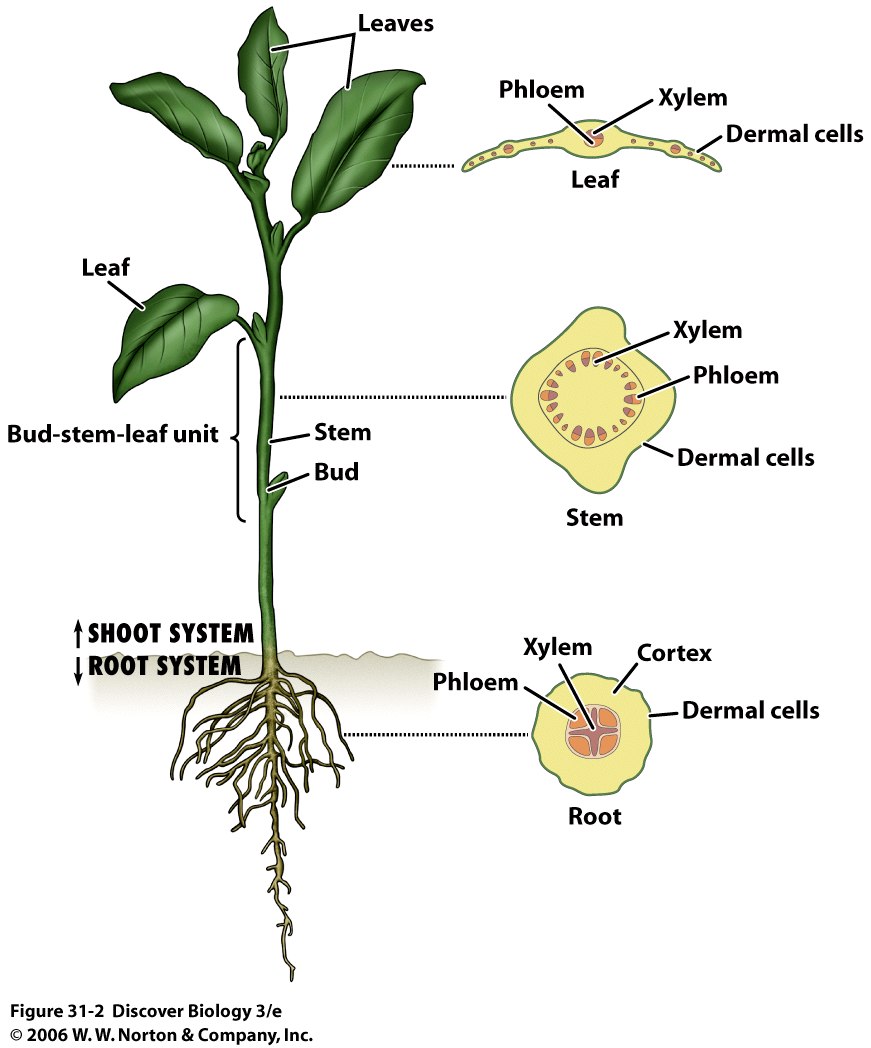Remember this song about Cells?
It's the end of the semester, we have one week to sequester. Semester exams are in 1 week, we will study and you will be strong in science not weak. From cells to organelles, from body systems to thigmotropism. You will know it all, we will have a ball!
Play this Jeopardy Review Game
Use these flashcards to study
Use this study format to keep track of what you know.
Quiz yourself on the Scientific Method 1 this one is easy...
Quiz yourself on the Scientific Method 2 this one is better for 7th graders:)
Quiz yourself on the Scientific Method 3 this one is better for 7th graders:)
Awesome Video on OsmosisLet's start at the beginning! The Scientific Method...
The scientific method is a way to ask and answer scientific questions by making observations and doing experiments.
The steps of the scientific method are to:
- Ask a Question
- Do Background Research
- Construct a Hypothesis
- Test Your Hypothesis by Doing an Experiment
- Analyze Your Data and Draw a Conclusion
- Communicate Your Results
- Repeat

Student Expectations 1st semester
12C Recognize levels of organization in plants and animals, including cells, tissues, organs, organ systems, and organisms.
5A Recognize that radiant energy from the sun is transferred into chemical energy through the process of photosynthesis.
7C The student will demonstrate and illustrate forces that affect motion in everydaylife such as an emergence of seedlings, turgor pressure, and geotropism.
Biological forces affect how living organisms grow and develop as well as keep them intact.
Turgor pressure in plants is defined as the internal pressure applied in an outward motion against the plant’s cell walls. Plants are able to stand erect and maintain rigidness because of this pressure/force.
When plants react to changes in their environment this is defined as a stimulus response. There are two types of stimulus responses: internal and external.
Plant internal stimulus comes from within the organism. An example of internal stimuli is a response such as wilting.
Plant external stimulus comes from outside an organism. An example of external stimulus is an organism’s response to light such as a plant growing in the direction of its’ light source.
Tropism is defined as a plant’s response to external environmental stimuli. There are several types of tropism and are defined as follows:
Biological forces affect how living organisms grow and develop as well as keep them intact.
Turgor pressure in plants is defined as the internal pressure applied in an outward motion against the plant’s cell walls. Plants are able to stand erect and maintain rigidness because of this pressure/force.
When plants react to changes in their environment this is defined as a stimulus response. There are two types of stimulus responses: internal and external.
Plant internal stimulus comes from within the organism. An example of internal stimuli is a response such as wilting.
Plant external stimulus comes from outside an organism. An example of external stimulus is an organism’s response to light such as a plant growing in the direction of its’ light source.
Tropism is defined as a plant’s response to external environmental stimuli. There are several types of tropism and are defined as follows:
· Geotropism – response to the force of gravity
· Thigmotropism- response to touch
· Phototropism/Heliotropism- response to light
· Chemotropism- response to chemicals
· Hydrotropism-response to water
· Thermotropism-response to temperature
13B Describe and relate responses in organisms that may result from internal stimuli such as wilting in plants and fever or vomiting in animals that allow them to maintain balance.
13A Investigate how organisms respond to external stimuli found in the environment such as phototropism and fight or flight.
12C Recognize levels of organization in plants and animals, including cells, tissues, organs, organ systems, and organisms
12B Identify the main functions of the systems of the human organism, including the circulatory, respiratory, skeletal, muscular, digestive, excretory, integumentary, nervous, and endocrine systems.
Essential Understandings (Big Ideas)
· Levels of Organization in living systems.
· Energy from the sun is transferred into chemical energy (Photosynthesis).
· Forces that affect the motion of plants, such as turgor pressure.
· Organism’s response to external and internal stimuli in the environment.
· Humans are composed of systems that cooperatively work together.
· Human Body Systems that support, give strength, and provide protection.

Work and Force
Work = force × distance W = Fd
Speed = distance/time s = d/t
Force = mass × acceleration F = ma
Weight = mass × acceleration due to gravity Weight = mg
Constants/Conversions
g = acceleration due to gravity = 9.8 m/s2
speed of light = 3 × 108 m/s
speed of sound = 343 m/s at sea level and 20°C
1 cm3= 1 mL
Laboratory Safety Rules
1. Know the location of all safety equipment (eye wash, fire extinguisher, fire blanket, fire alarm)
and the correct route to leave the lab in case of an emergency.
and the correct route to leave the lab in case of an emergency.
2. Tie back loose clothing and hair.Wear all required safety equipment for a lab (goggles, apron, gloves, etc.) at all times unless you are told to remove them.
3. Do not taste, smell, or handle any material in the laboratory unless told to do so.
4. Never run, push, or play in the laboratory.
5. Handle lab equipment with care and use the proper tools.
6. Report any accident or equipment problem to the teacher immediately.
Photosynthesis transfers radiant energy (from the sun) into chemical energy


Organic compounds are living things.
They are made of carbon and other elements like, hydrogen, oxygen, phosphorus, nitrogen, or sulphur.
They are made of carbon and other elements like, hydrogen, oxygen, phosphorus, nitrogen, or sulphur.
Almost 99% of the mass of the human body is made up of the six elements oxygen, carbon, hydrogen, nitrogen, calcium, and phosphorus.
Only about 0.85% is composed of another five elements: potassium, sulfur, sodium, chlorine, and magnesium. All are necessary to life.
Physical and Chemical changes in the digestive system

People need energy and we gain that energy by consuming food.
Our digestive system has the function of turning raw materials
into the chemicals our body needs.
Our digestive system has the function of turning raw materials
into the chemicals our body needs.
Physical changes simply alter the appearance of something. For example, chewing breaks large food molecules into smaller ones. The tongue helps roll and push the food.
Chemical changes occur when the chemical make-up of the food particle is changed to create a new substance. During the digestive process, enzymes change food like carbohydrates, proteins, fats and nucleic acids into substances that can be absorbed by cells.
Large molecules are broken down into smaller molecules during both changes so that cells can absorb and use for energy. Carbohydrates are broken down into sugars and used by the mitochondria during cellular respiration to make energy or ATP
ATP is short for the chemical adenosine triphosphate.
ATP or chemical energy is then transfered into heat or thermal energy within an organism. This gives us energy to live, move, maintain out temperature, and so much more!
An Animal Cell


In any organism...
The smallest unit of life is a cell.
A group of cells together makes tissue.
Tissue combines to make organs.

Organs work together to make Organ Systems

Organ Systems work together to make organism.
CTOOO
Cells, tissue, organ, organ system, organism.
Cells, tissue, organ, organ system, organism.
The Cell Theory states:
- All living organisms are composed of cells. They may be unicellular or multicellular.
- The cell is the basic unit of life.
- Cells arise from pre-existing cells.

Organisms maintain balance or homeostasis to remain healthy. If there is an imbalance from external (outside) or internal (inside) stimulus, an organism will become sick. Internal stimuli include wilting in plants because of lack of water and turger pressure.
In animals internal stimuli may cause a fever or vomiting.
In animals internal stimuli may cause a fever or vomiting.
Diffusion is process of things moving in and out of the cell membrane to maintain homeostasis. Osmosis is diffusion with water.
Hypotonic..........Isotonic................................Hypertonic
more water less solute equal amounts of solute and water more solute, less water
water leaves nothing happens water enters membrane
Nutrients and waste move in and out of cells by diffusion.
Nutrients move into the blood stream by diffusion in the small intestine.
Water moves into the blood stream by diffusion in the large intestine.


0 comments:
Post a Comment